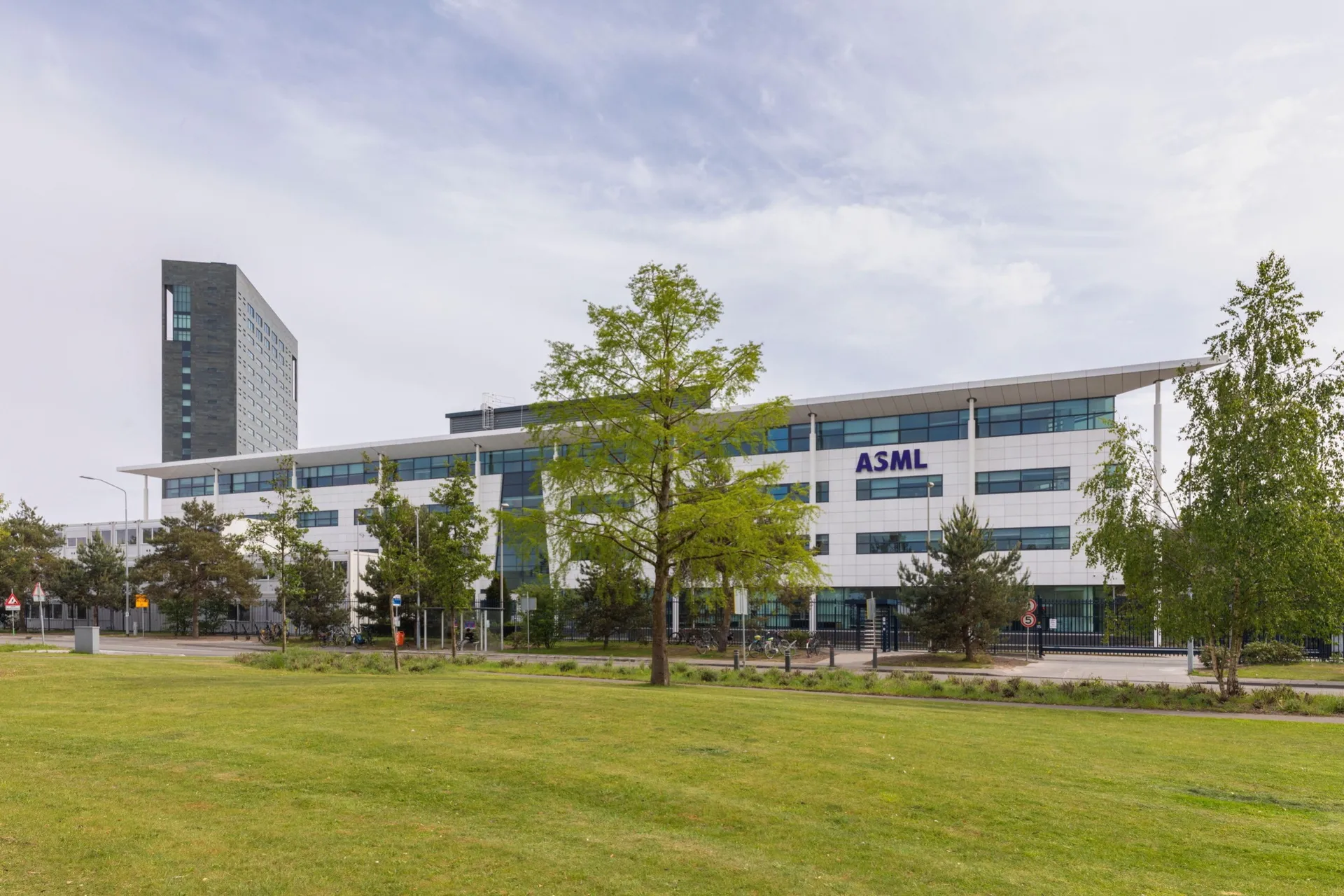Last year, as ChatGPT and other generative artificial intelligence chatbots were taking the world by storm, ASML — the Netherlands-based maker of chipmaking equipment — saw scope for hiring a “prompt engineer” to deploy the technology in its in-house legal department.
In a post on LinkedIn, ASML’s deputy general counsel, Douwe Groenevelt, said he envisioned “a new potential role that could bridge the gap between AI and our legal team”. The position called for a candidate who could write generative AI prompts — the queries that must be fed into an AI tool to generate the desired output — and could train up colleagues.
The only catch: the job didn’t exist.
As Groenevelt has since explained, the intention behind that post, which attracted more than 200 likes and around 30 comments, was to contribute to the discussion about the future of legal roles in the age of generative AI.
Fast forward to this month, though, and the job has become a reality. ASML has announced a genuine vacancy in its in-house legal department for a first-of-its-kind legal prompt engineer. It has concluded that, with the rapid development of AI tools, a dedicated role is warranted.
And the creation of this role is an indication of how the in-house legal profession is transforming itself to take advantage of generative AI, as companies around the world explore the risks and opportunities the technology presents.

Generative AI is a “game-changer” for the legal industry at large, says ASML’s chief legal counsel Sandrine Auffret.
Lawyers have been using other types of AI for years, in the form of tools for contract management and e-discovery. But generative AI is different, Auffret says, as it “seems to be genuinely capable of transforming our legal service delivery model and having a much more substantial impact”.
The large language models used by generative AI are “extremely good at automating and enhancing any text-based activities,” she says, “and it so happens that many legal activities are to a large extent text-based”.
ASML expects the technology to deliver substantial time savings for its in-house legal team — more than any other tool it has introduced, Auffret says. But it is also seeing an uptick in effectiveness and quality of service.
Its team was one of the first to try the ContractMatrix tool launched by law firm A&O Shearman late last year, Groenevelt says. Now, about 15 of the group’s roughly 100 in-house lawyers are using the generative AI-powered tool to draft and review contracts, he notes.
“Early feedback of the team shows that the tool does not only save us time with drafting, but . . . also increases the quality of drafting,” Groenevelt says. The tool can be asked to suggest alternative clauses, which also “boosts your legal creativity”, he adds.
Groenevelt says senior lawyers are getting more out of the tool than juniors, who may be more easily impressed with the initial results and less inclined to pressure-test them. He stresses that “human supervision remains essential”.
Other company legal teams have focused on experimenting with generative AI internally, rather than hiring specialists.
For example, Conduent — a business services company spun off from Xerox in 2016 — explored the possibility of hiring a dedicated AI position in its in-house legal department: a subject matter expert to review AI use within the department and across the business. But it quickly realised that this was the wrong approach for the group, says general counsel Michael Krawitz, because generative AI touched on many sensitive areas of the business.
So, rather than hiring one individual, the company set up a working group of internal professionals with different specialities — such as intellectual property, regulatory compliance, privacy and risk — to explore how to apply the technology and appropriate safeguards.
Like ASML, Conduent, which has about 50 in-house lawyers, has been experimenting with how generative AI can be used in its contract work.
“We went into [a contract tool] pilot thinking it would help us identify clauses that didn’t meet our standards, but the technology has not met our standards,” Krawitz reports. The pilot was marking contract clauses as being “compliant” when they were not, which was concerning, he explains.
Still, Krawitz says: “I remain hopeful that we’ll see that feature start to work well.” For now, though, it is “distracting and expensive”.

However, Conduent’s experience of using a translation program powered by generative AI has been more positive, accelerating the review and approval of contracts when working with clients around the world.
Krawitz can remember, back in 2022 when ChatGPT was rising to prevalence, some legal departments contemplating a ban on its use.
“I think that’s the wrong tone,” he argues. A better approach is “to show that we are working with generative AI, and we are doing it in a way that protects our ideas, our data and our people”, he says.
According to a report from PwC, there is also a financial incentive for legal professionals to embrace AI.
The professional services firm’s AI Jobs Barometer, for May 2024, found a wage premium of 49 per cent in the US and 27 per cent in the UK for lawyers equipped with AI skills.
“This is indicative of the growing importance of AI proficiency within the legal sector,” says Sandeep Agrawal, a partner in legal business solutions at PwC UK. “The future of in-house legal teams will probably be characterised by a diverse blend of roles, with lawyers who have AI training working alongside engineers and computer scientists.”
The future of in-house legal teams will probably be characterised by a diverse blend of roles, with lawyers who have AI training working alongside engineers and computer scientists
But, right now, many in-house legal departments are just beginning their journey in exploring this technology, says Amy Yeung, the former deputy counsel of US student loan company Sallie Mae, who has held several senior and executive in-house legal positions.
Because generative AI relies on large amounts of data, it comes with risks, she explains. “For example, implicit biases present in data sets, or within the process, amplify through generative AI.” Yeung says a comprehensive understanding of data governance is essential in mitigating these risks.
However, as more in-house legal teams begin to embrace collaboration between lawyers and tech professionals, the benefits should become more widely recognised within companies.
“The integration of AI into in-house teams is not just reshaping the composition of these teams but also redefining the value they bring to the table,” says Agrawal.